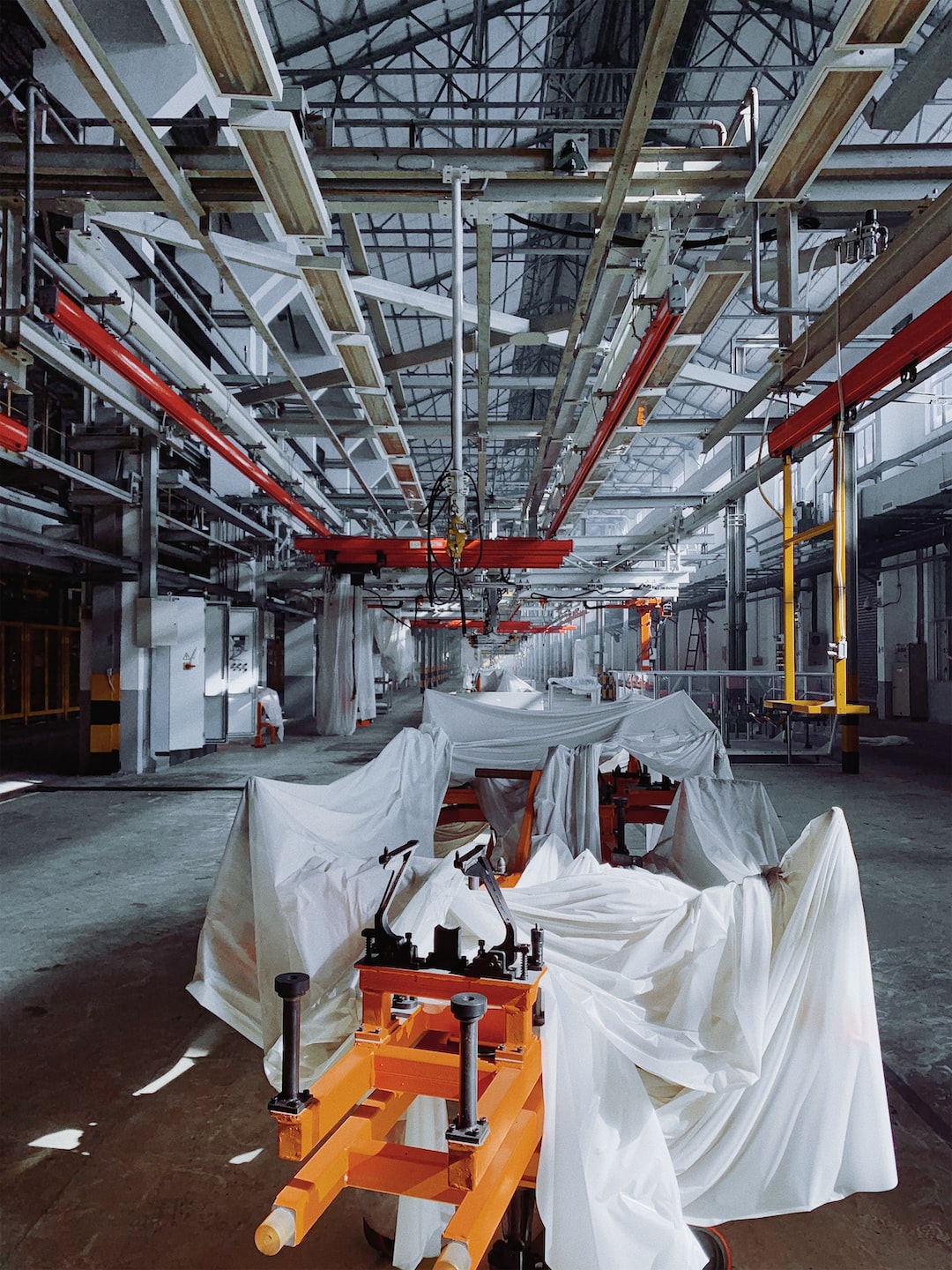The rise of reshoring in the manufacturing industry
In recent years, there has been a significant shift in the manufacturing industry as more companies are choosing to bring their production back to their home countries. This phenomenon, known as reshoring, marks a departure from the long-standing trend of outsourcing manufacturing processes to countries with lower labor costs. The rise of reshoring has been fueled by a complex combination of economic, political, and social factors, which have led companies to reconsider their offshore production strategies.
One of the main driving forces behind the rise of reshoring is the increasing cost competitiveness of domestic manufacturing. Over the past decade, the cost of labor in countries such as China, which was once seen as the global manufacturing hub, has been steadily rising. This trend has eroded the cost advantage that offshore production once had and has made it more economically viable for companies to manufacture goods domestically. With advances in technology and automation, the cost differential between domestic and offshore manufacturing has narrowed, making reshoring a more attractive option for many companies.
Moreover, the COVID-19 pandemic exposed the vulnerabilities of global supply chains, prompting companies to reassess their sourcing strategies. The outbreak disrupted global logistics and exposed the risks associated with relying heavily on a single supplier or geographical region. As a result, many companies have recognized the importance of diversifying their supply chains and reducing their dependence on offshore production. By reshoring, companies can achieve greater control and visibility over their supply chains, ensuring more reliable and resilient operations.
Political factors have also played a significant role in the resurgence of reshoring. Geopolitical tensions between major economic powers, such as the United States and China, have heightened concerns about national security and intellectual property protection. As a result, governments around the world have implemented policies to incentivize reshoring, offering tax breaks, grants, and other incentives to companies that bring jobs back to their home countries. These policies aim to bolster domestic manufacturing capabilities and protect sensitive industries from potential threats.
Another factor contributing to the rise of reshoring is the changing consumer preferences towards locally made products. In recent years, there has been a growing demand for ethically produced goods, with consumers increasingly valuing factors such as sustainability, fair labor practices, and product quality. By reshoring, companies can more effectively communicate these values to consumers, capitalizing on the “Made in [Country]” label and appealing to the rising sentiment of supporting local industries. This trend has been further amplified by the rise of e-commerce, which has given smaller, local manufacturers greater exposure and access to a global customer base.
While the rise of reshoring presents numerous opportunities for domestic manufacturing industries, it also comes with its own set of challenges. Companies considering reshoring must carefully weigh the benefits against the potential drawbacks. One of the main challenges lies in rebuilding the manufacturing infrastructure and capabilities that were previously offshored. This may involve significant investments in technology, retraining the workforce, and addressing regulatory complexities. Additionally, companies need to carefully assess the total cost of reshoring, taking into account not only labor costs but also factors such as transportation, taxes, and regulations.
In conclusion, the rise of reshoring in the manufacturing industry marks a significant shift in the global economic landscape. As labor costs have risen, global supply chains have faced disruptions, and consumer preferences have evolved, companies are increasingly recognizing the advantages of bringing production back to their home countries. The economic, political, and social factors driving this trend are reshaping the manufacturing industry and prompting companies to rethink their offshore production strategies. Although reshoring poses challenges, it opens up new opportunities for domestic manufacturing, contributing to economic growth, job creation, and the development of more sustainable and resilient supply chains.

